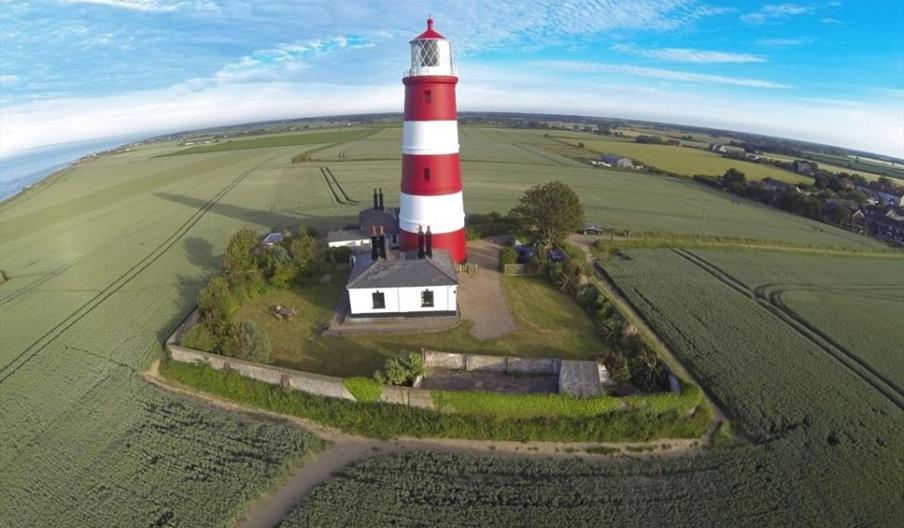Book Tickets Online
About
The historic village of Happisburgh with a secluded sandy beach, sits on the Deep History Coast and has a fascinating history showing the earliest signs of humans in Britain. The constantly changing coastline, its 18th century lighthouse and 15th century church makes Happisburgh a fascinating place to explore.
Happisburgh is home to the oldest working light in the county and the only independently operated in the UK. Saved as a working light by the local community, it is maintained and operated entirely by voluntary contributions. The famous red and white striped lighthouse was built in 1790 and offers wonderful views of the coast and countryside. In the summer, it is open to visitors on occasional Sundays.
The secluded, sandy beach is dog friendly and great for days out. From the beach, you can walk as far as Sea Palling taking in wonderful views and there are miles of coastal paths to walk and footpaths in the surrounding area. Happisburgh is known for its coastal erosion which is constantly changing the landscape of the coastline. This erosion has lead to some discoveries that date back millions of years.
St Mary’s church dates back to the 15th century and its 110ft tower overlooks the sea. The graveyard has memorials to the many sailors who lost their lives in the treacherous waters, including the 119 sailors of HMS Invincible, who in were on their way to join Nelson in Copenhagen in 1801. If you climb the 133 steps up the tower, you can see 30 churches, two lighthouses, seven water towers and even the Cathedral spire in the city of Norwich 16 miles away.










